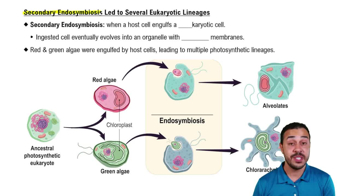<Image>
When placed at the perimeter of a maze with food in the center, the plasmodial slime mold Physarum polycephalum explores the maze, retracts branches from dead-end corridors, and then grows exclusively along the shortest path possible to the food. How does Physarum do this? One theory is that it leaves behind slime deposits—an externalized 'memory' that 'reminds' it not to retry dead ends.
Develop simple experiments to test whether Physarum prefers (1) brightly lit or dark environments; (2) dry or moist conditions; (3) oats or sugar as a food source.






